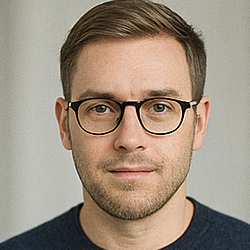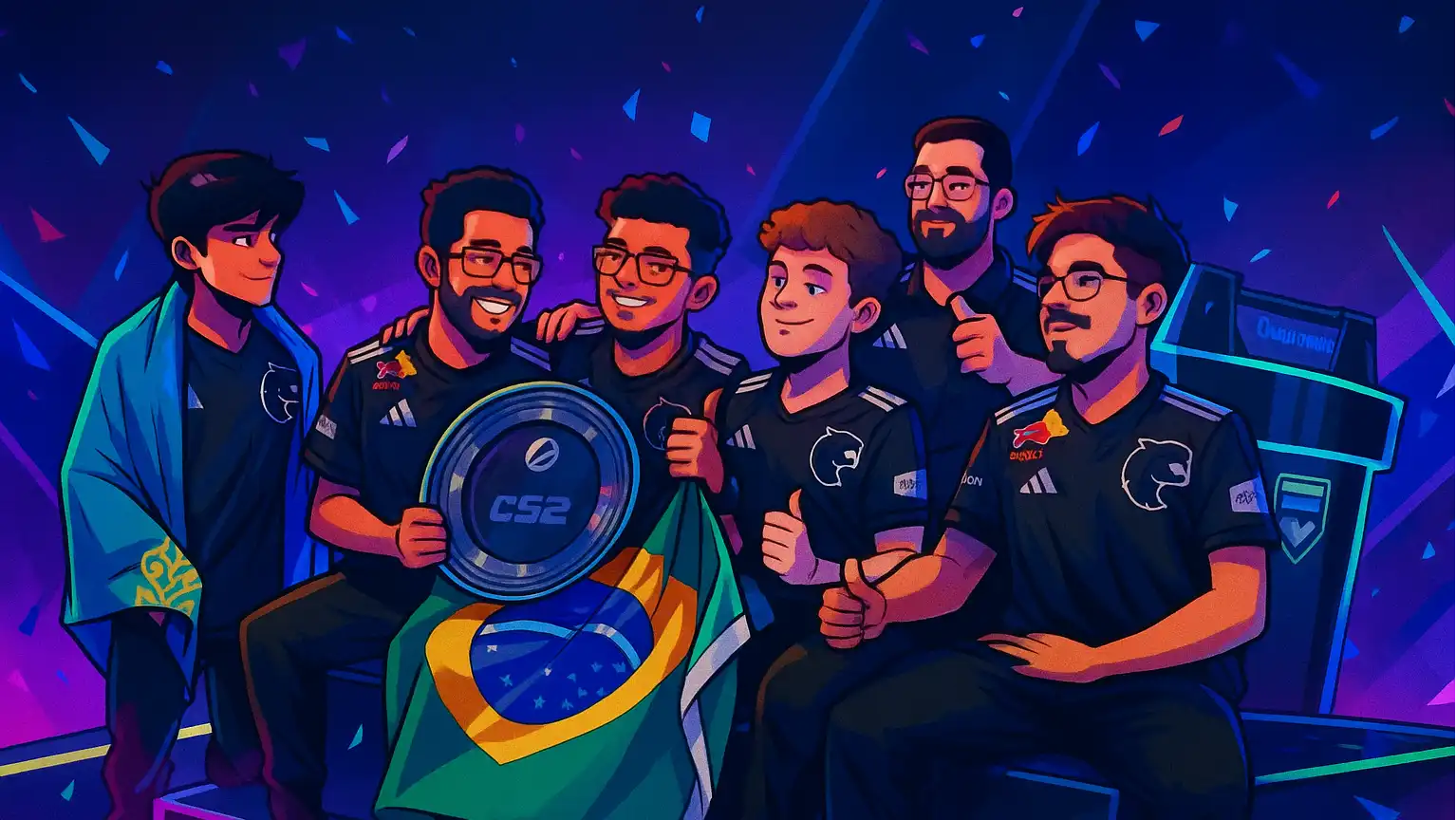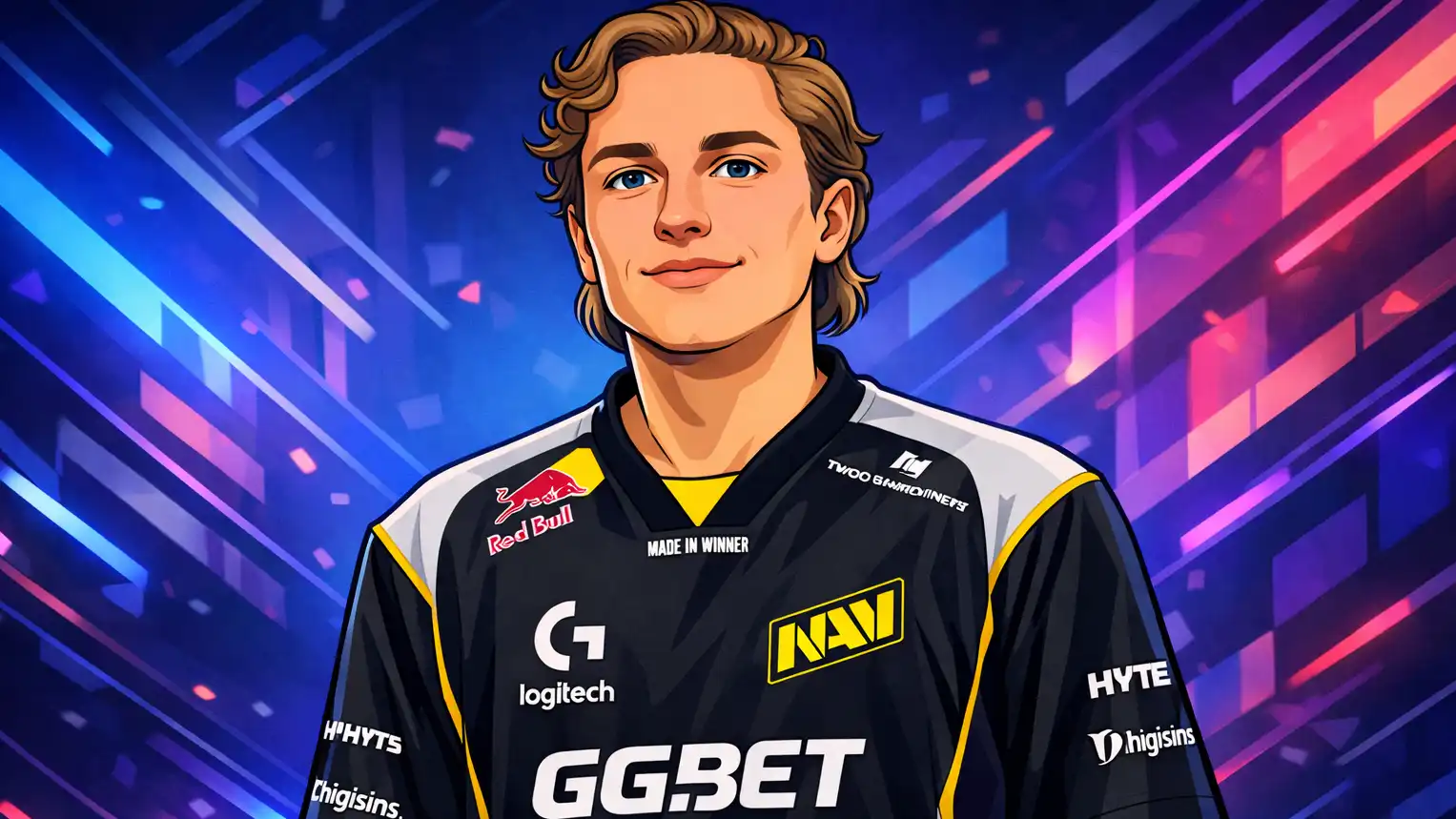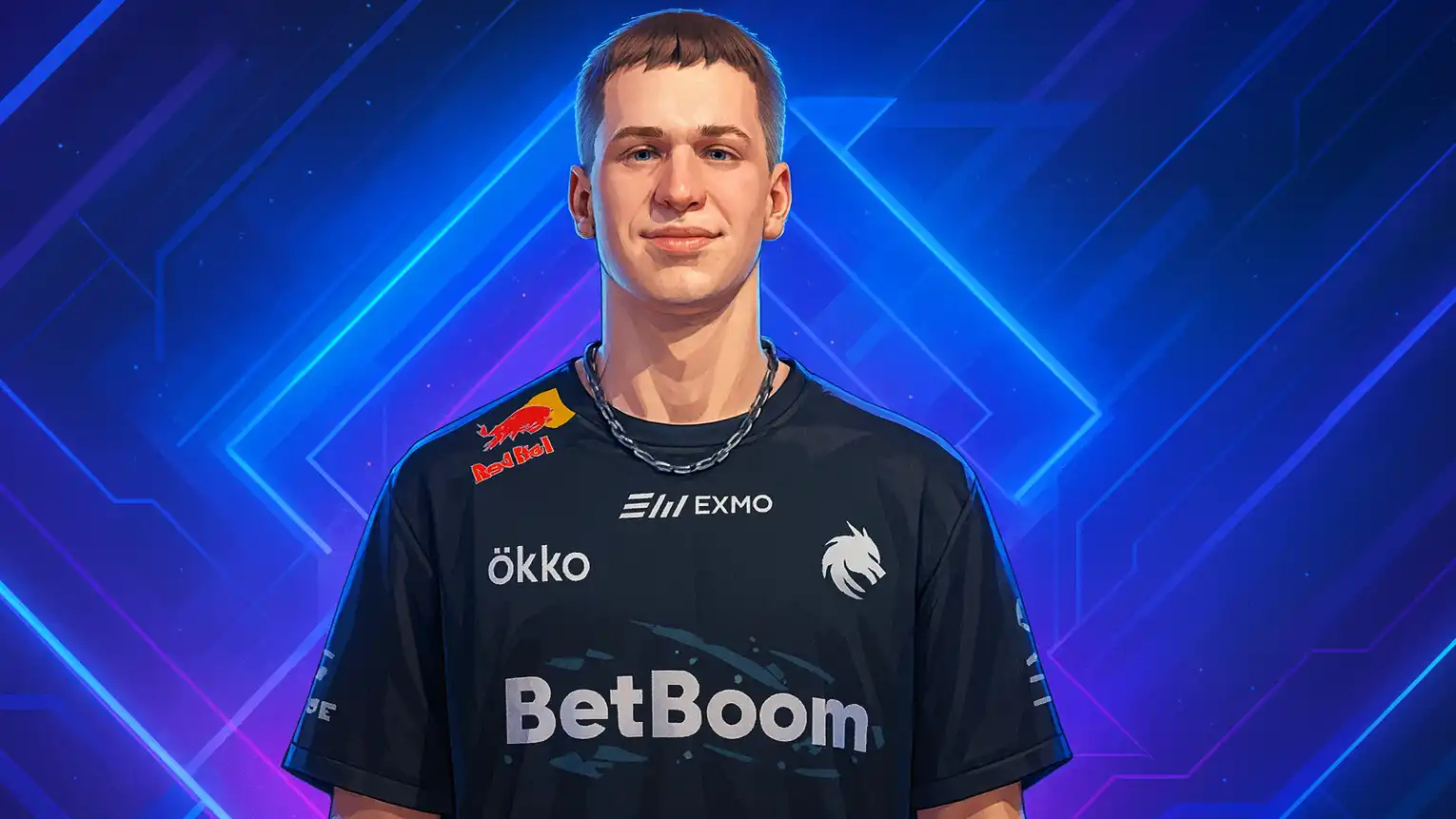Inside Falcons’ Launch of CS Academy: Vision, Talent, and Early Controversy
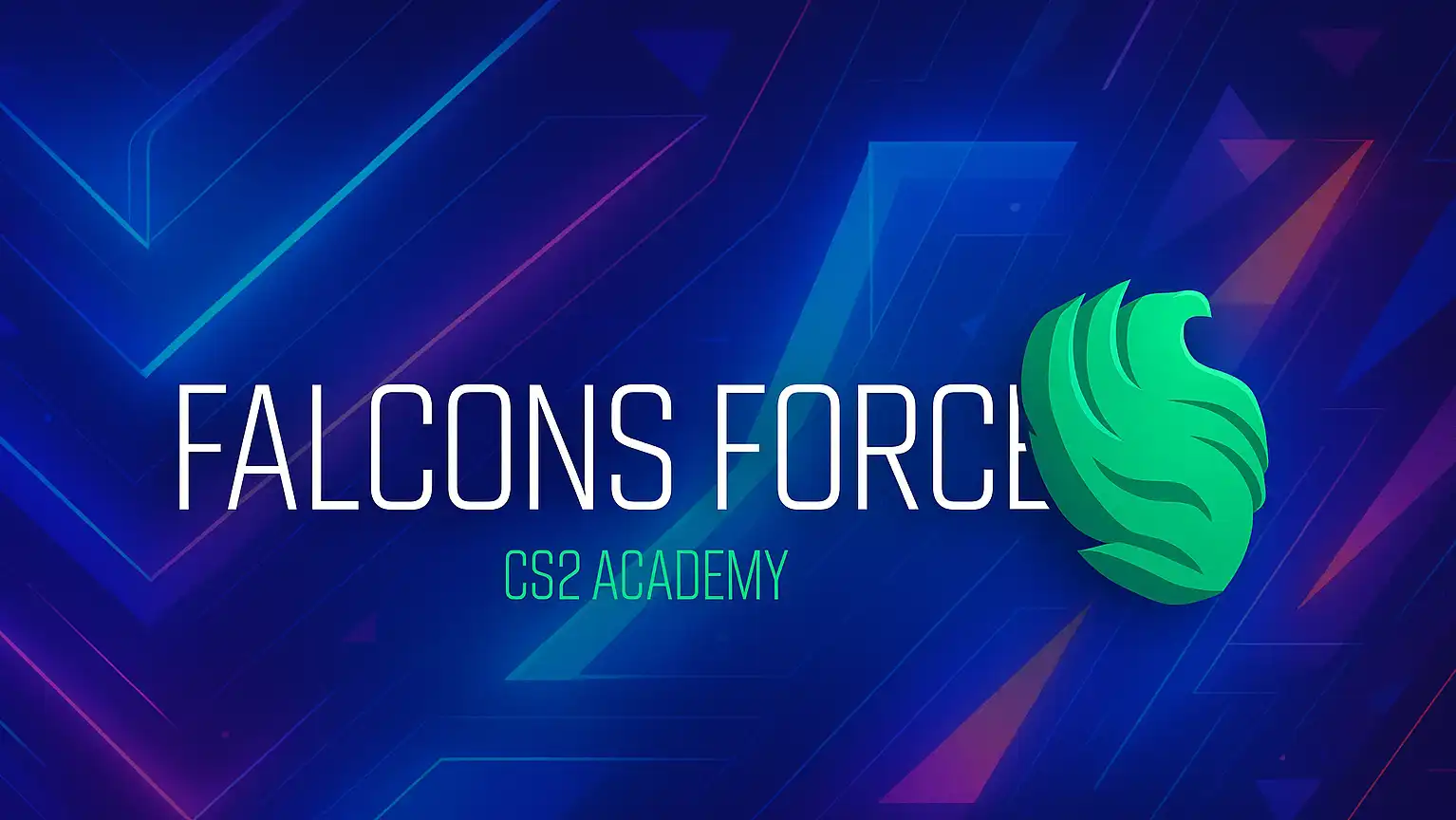
Inside Falcons’ Launch of CS Academy: Vision, Talent, and Early Controversy
On September 30, 2025, HLTV published an in-depth look at Falcons’ CS academy project, exploring how the Saudi-backed organization built their developmental system from vision to roster. The article outlines selection methods, structural decisions, coaching philosophy, and early challenges.
Falcons’ academy is branded Falcons Force, with a mission to identify, nurture, and eventually promote talent into their main CS2 operations. The academy was announced after a period of open applications and scouting events.
Below is a deeper look at how the academy came to life, key people & decisions, early criticisms, and what it might mean for Falcons’ future.
The Foundation: Why Falcons Created an Academy
Falcons first revealed their academy intentions earlier in 2025 when they signed Niels Christian “NaToSaphiX” Sillassen to helm the project as coach. The goal, they stated, was to build a pipeline of homegrown talent and offer a bridge between amateur and pro competition.
According to Falcons’ internal leadership (cited in HLTV), from the outset they were open to including an “older profile” alongside youth — someone mature enough to mentor younger players. In fact, one of the academy’s final picks, Olaie, is significantly older than his teammates and was chosen partly because he showed leadership and growth potential.
The launch also came against a backdrop of growing emphasis in CS2 on subscription-based talent development and roster depth. With more organizations forming academies, Falcons’ entrance was strategic: to not only compete now, but to sustain in future roster cycles.
Assembling Falcons Force: Process, Players & Coaching
Selection & Tryouts
Falcons ran a public application period and scouting tournaments, drawing in over 70 candidates across multiple regions. Over months, the pool was narrowed by performance trials and interviews under coach NaToSaphiX.
Eventually, five players were selected for Falcons Force. According to various sources (Liquipedia, HLTV, Jaxon), the core roster is:
-
Olaie (IGL)
-
grecu (AWPer)
-
clockzi (rifler)
-
VENO (rifler)
-
NucleonZ (rifler)
On HLTV’s team profile, none of these players had prior match stats recorded yet (0 maps played) when the academy was listed. Their coach, NaToSaphiX, is credited with starting in the role two months ago.
Coaching Philosophy & Roles
NaToSaphiX took a hands-on approach, stating he prioritized not just raw aim but growth mindset, communication, and adaptability. He reportedly acted as scout, mentor, and strategist during the trials.
In the selection process, Falcons leadership highlighted that the IGL role had to evolve — they favored the candidate who best responded to feedback and showed consistent improvement during tryouts. That’s part of why Olaie stood out.
The organization also structured the academy to be international — the players come from multiple countries (e.g. Romania, North Macedonia, Denmark), echoing Falcons’ main roster strategy.
Early Challenges & Criticisms
Conflict of Interest Allegations
Shortly after the roster announcement, concerns emerged about conflict of interest: four out of the five players in Falcons Force are represented by NEEVE.PRO, the same agency partly owned by NaToSaphiX (the academy coach). Critics argued that this raises questions about impartiality in selection and contract handling.
Falcons and NaToSaphiX have yet to publicly address the allegations at length, though the coverage has prompted community scrutiny.
Integration & Performance Unknowns
Because Falcons Force has not yet played any recorded matches, its competitive viability is still unknown. The early phase will test whether the academy’s training translates into results on LAN or high-level online setting.
Moreover, integrating older leadership with youth requires cultural balance. Olaie’s role as a mentor is both a strength and a pressure point: if not handled well, hierarchy issues or misalignment could arise internally.
Falcons’ Strategic Motives & the Landscape
Falcons aren’t alone in launching academies. Other top organizations like BIG or Imperial Esports have similarly created junior rosters to sustain pipeline depth. This trend underscores a modern shift: organizations that want long-term success view development as necessary, not optional.
For Falcons, Force offers several strategic advantages:
-
Flexibility — If a main roster player underperforms or gets poached, having a ready academy pool helps.
-
Brand & Market Value — An academy team expands Falcons’ footprint in new regions and signals commitment to talent development.
-
Transfer Economics — Skilled academy players can later be sold or promoted, turning gains for the org.
In a highly dynamic CS2 space, teams that fail to nurture talent may fall behind. Falcons’ move could give them a competitive edge in roster cycles to come.
What to Watch Going Forward
-
First Matches & Results — How Falcons Force performs in its early tournaments will validate or challenge the build.
-
Promotions to Main Roster — Will any of these players be fast-tracked to Falcons’ first team in 2026?
-
Business Transparency — How Falcons respond to conflict-of-interest concerns may affect trust among fans and aspiring players.
-
Sustainability — Can Falcons maintain funding, coaching, and infrastructure to support an academy long term?
-
Influence on Other Teams — Success or failure here may push other orgs to accelerate or rethink their academy strategies.
